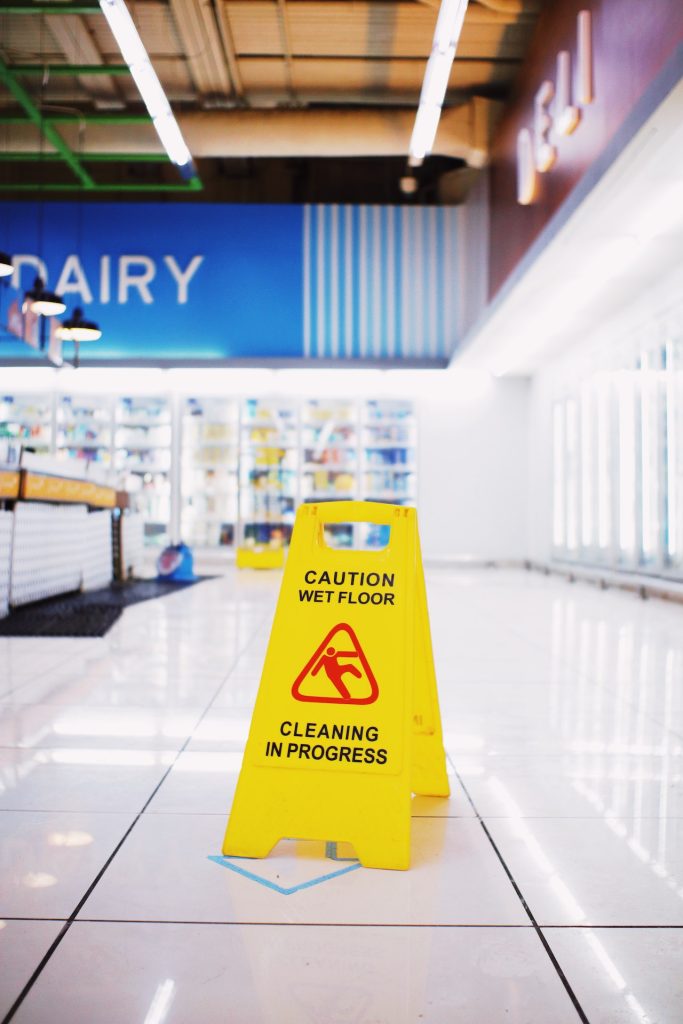The Importance of Proper Safety Signage in the Workplace: A Guide for Employers
Safety signage is essential to creating a safe and healthy work environment for employees. It serves as a visual reminder of potential hazards and provides clear instructions for avoiding them. As an employer, you are responsible for ensuring that proper safety signage is in place and that your employees know its meaning. Not only is it a legal requirement, but it also helps to prevent accidents and injuries, improves productivity, and promotes compliance.
This guide will explore the legal requirements for safety signage in the workplace in Australia, the benefits of having clear and visible signage, and tips for creating effective signage. By understanding the importance of proper safety signage, employers can take the necessary steps to create a safer working environment for their employees. And Electro Cut Signs Brisbane will make the signs for you.
Legal Requirements for Safety Signage in the Workplace
In Australia, the workplace’s legal requirements for safety signage are outlined in the Occupational Health and Safety (OHS) laws of each state and territory. These laws require employers to provide and maintain a safe working environment for their employees, which includes providing appropriate safety signage.

For example, the Occupational Health and Safety Act 2004 (Vic) states that employers must provide “information, instruction, training or supervision” to their employees so that they can perform their work safely. This includes providing safety signs.
Examples of specific types of signage that are required by law include:
- Exit signs
- Fire safety signs
- Hazard warning signs
- First aid signs
- Emergency evacuation signs
- Prohibition signs
- Mandatory signs
Penalties for non-compliance with OHS laws can vary depending on the state or territory, but they can include fines, imprisonment, or both. Employers can also be held liable if an accident or injury occurs due to a lack of proper safety signage. It is crucial for employers to stay informed of the latest OHS laws and regulations and to consult with a legal professional if they have any questions or concerns. Additionally, employers should regularly review and update their safety signage to ensure compliance with the latest laws and regulations.
Tips for Creating Effective Signage
Creating effective safety signage is essential for employees’ safe working environment. Here are some practical tips for employers on how to create effective safety signage:
Use clear and simple language: Safety signage should be easy to understand, even for employees who may need to be fluent in the language used in the workplace. Avoid using complex words or technical jargon and use concise language instead.
Choose the right colours and symbols: Different colours and symbols are associated with different types of safety information. For example, red is often used for emergency stop signs, and yellow is used for warning signs. It’s essential to use the standard and the recommended colours and symbols according to the type of the sign.
Make sure the signage is visible and easily understandable: Safety signage should be placed in locations where it can be easily seen and understood. This may include high-traffic areas, near potential hazards, and at the beginning of evacuation routes.

Regularly review and update your safety signage: It is essential to review and update safety signage regularly to ensure that it is still relevant, accurate and compliant with the latest laws and regulations.
Common Mistakes
Some common mistakes businesses make when creating safety signage include using poor-quality materials, failing to update signage, not providing enough signage, and placing signage in hard-to-see locations. To avoid these mistakes, businesses should invest in high-quality materials, regularly review and update signage, and place signage in easily visible locations.
By following these tips and being aware of the common mistakes, employers can create effective and compliant safety signage that helps to ensure a safe working environment for their employees.
Safety signage is essential to creating a safe and healthy work environment for employees. Employers have a legal obligation to provide proper safety signage in the workplace, and failure to do so can result in penalties and liability in the event of an accident or injury. By understanding the legal requirements, the benefits of clear and visible signage, and tips for creating effective signage, employers can take the necessary steps to ensure proper safety signage in their workplace.
Proper safety signage helps prevent accidents and injuries, improves productivity, and promotes compliance. Employers should regularly review and update their safety signage to ensure that it is compliant with the latest laws and regulations and to make sure it is still relevant and accurate.
By taking the necessary steps to ensure proper safety signage, employers can create a safer working environment for their employees and protect themselves from potential legal issues. Safety signage is an essential aspect of workplace safety, and employers should make it a priority.
